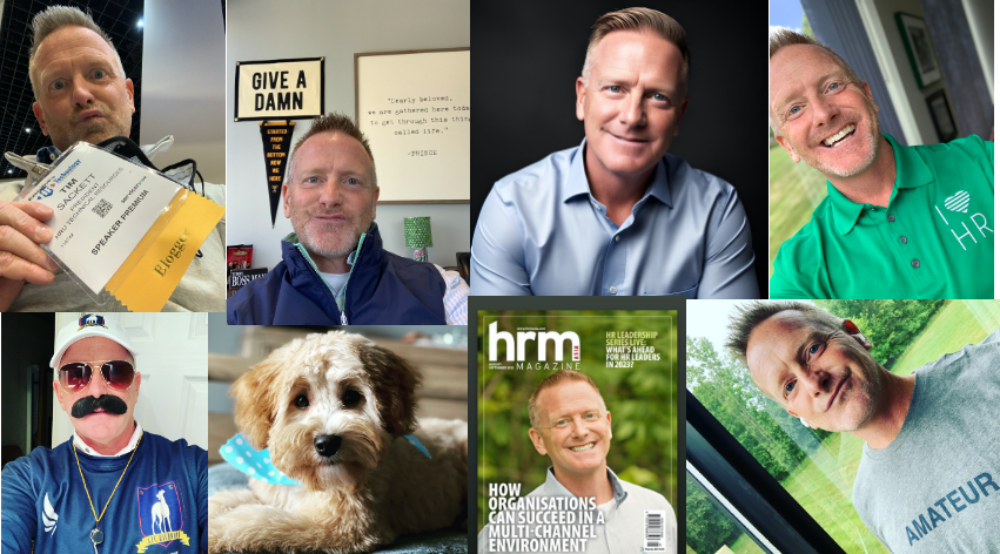Columnist, Jeff Haden, wrote an article called “Ten Things You Should Never Say When Firing an Employee“ in which he tries to give good advice, in typical HR fashion of over-reducing risk, in how you should speak, or not speak, to an individual regarding their near termination. As you can imagine, there were the classics:
- “Look, this is really hard on “me”!”
- “We’ve decided to make a change.”
- “Compared to Mary, you just aren’t cutting it.”
- If there is anything I can do for you, just let me know.” (Okay, how about giving me my job back, idiot!)

Among a few others, including the most recent classic of firing employees via email, which is just unimaginable, for those HR pros who struggle with conflict, Haden nailed pretty much all the normal things we would tell hiring managers not to do or say. The question then really comes down to thanks for the info, now what should I be saying to someone when I fire them? The article probably would have been better served here – but that would have been difficult and thought-provoking – and taken more than 13 minutes to write.
The piece did get me to thinking about certain conversations in our work lives that cost people the most anxiety, besides the above example of having to terminate someone, having to go in and ask for money was, on my list, the next most anxious work conversation I could come up with. I can think of many times that I wanted more money, though I was deserving through results to get more money, and heck even our good old Comp people said the market should be paying me more money, and still, it is a difficult conversation to have with your superior (at least for me).
Like many, I think I do a good job, give my best effort, produce great results and after all that, do I really need to ask? Shouldn’t my boss get it and just want to write me a blank check? I mean really!
So, here are the lines that you would like to say when asking for more money – but probably shouldn’t – if you really want more money:
1. “If you pay 10% more, I will really put in some extra effort!” – So what you’re saying is you’re not putting in extra effort now…
2. “I looked in our HRIS system and I know Sheila on the 5th floor is making $5000 more than I am – and she’s an idiot!” – Not the best strategy to look at others’ private comp information, even if you have access, then call them an idiot – at least in my experience…
3. “If you don’t pay me more money, I’ll be forced to find another job that will pay me what I worth” – Be careful, I’ve tried this one, and they might call your bluff!
4. “I’ve done the math and if you fire Mike, I can do his job and mine, you save $50K, after giving me $25K of his $75K salary” – This actually might be a really good idea, But Mike might be the last one standing with the $25K raise, not you!
5. “I really don’t understand how you can be worth $50K more than me, I do all your work – and deserve more money” – Bosses just love to hear they are overpaid, don’t do anything, and you can do their job – NOT!
6. “I saved the company $1 million in reducing recruiting fees, by implementing a social media strategy successfully, I should at least get a fraction of those savings” – Why, yes you should – if you were in sales, but you’re in HR, and this was part of your job description. Sorry for the wake up call – all employees aren’t treated equally – put on a helmet.
7. “I know times are tough, so I was thinking instead of more money you could give me an extra weeks vacation or pay for my health insurance or something else like that.” – Okay, Einstein, stop thinking – it’s all money. Vacation, health insurance, paid parking, lunch money – it all hits the bottom line on the income statement. You just showed how expendable you really are.
I’ve learned over the years, through trial and error, okay, mostly error, that many, if not all, of the above statements, just don’t seem to have the impact that I was hoping for with my supervisor. I have seen others, who I will not name, who performed well, gave it their all, and were dedicated to doing their best for themselves, their co-workers and the company, and showed a little patience who actually did very well in both the raise and promotion category.
Supervisors are as uncomfortable as you are to have the compensation conversation mainly, because if you are as good as you profess to be then they really do want to give you more but probably can’t due to the budget, the economy, they like your co-worker even more, etc. The reality is you have to follow what Yoda would say – Patience my young Padawan…
